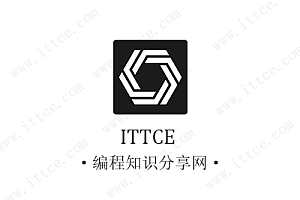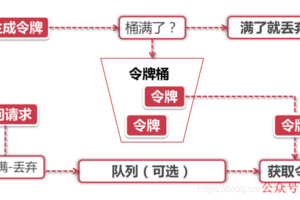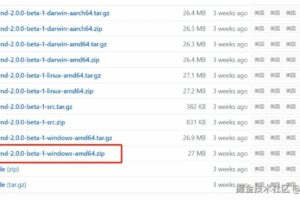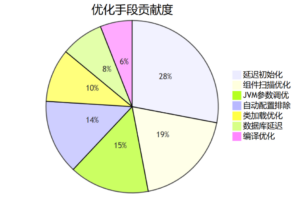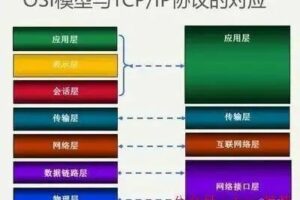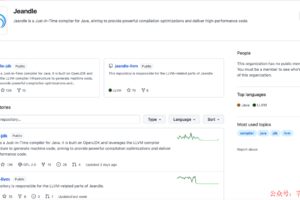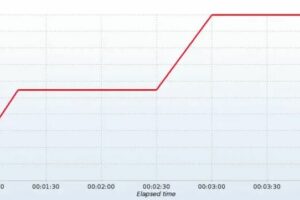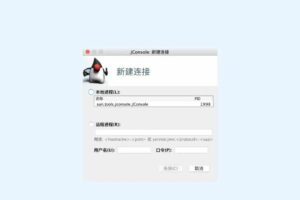无需重启服务,实时更新配置! 本文将深入探索Spring Boot中@RefreshScope的神奇力量,让你的应用配置在运行时动态刷新,彻底告别服务重启的烦恼。
一、为什么需要动态刷新配置?
在传统Java应用中,修改配置文件后必须重启服务才能生效,这会导致:
-
• 服务中断: 重启期间服务不可用 -
• 状态丢失: 内存中的临时数据被清空 -
• 运维复杂: 需要复杂的发布流程
Spring Boot的@RefreshScope完美解决了这些问题,实现配置热更新,让应用像乐高积木一样灵活重组!
二、@RefreshScope核心原理
1. 工作原理图解
graph TD
A[修改配置文件] --> B[发送POST刷新请求]
B --> C[/actuator/refresh 端点]
C --> D[RefreshScope 刷新机制]
D --> E[销毁旧Bean并创建新Bean]
E --> F[新配置立即生效]2. 关键技术解析
-
• 作用域代理: 为Bean创建动态代理,拦截方法调用 -
• 配置绑定: 当配置更新时,重新绑定 @Value注解的值 -
• Bean生命周期管理: 销毁并重新初始化被 @RefreshScope标记的Bean
三、完整实现步骤
步骤1:添加必要依赖
<!-- pom.xml -->
<dependencies>
<!-- Spring Boot基础依赖 -->
<dependency>
<groupId>org.springframework.boot</groupId>
<artifactId>spring-boot-starter-web</artifactId>
</dependency>
<!-- 配置刷新核心 -->
<dependency>
<groupId>org.springframework.boot</groupId>
<artifactId>spring-boot-starter-actuator</artifactId>
</dependency>
<!-- 配置中心支持 -->
<dependency>
<groupId>org.springframework.cloud</groupId>
<artifactId>spring-cloud-starter</artifactId>
<version>3.1.3</version>
</dependency>
</dependencies>步骤2:启用刷新机制
// 主应用类
@SpringBootApplication
@EnableRefreshScope // 关键注解:开启配置刷新能力
public class DynamicConfigApp {
public static void main(String[] args) {
SpringApplication.run(DynamicConfigApp.class, args);
}
}步骤3:配置application.yml
# 应用基础配置
app:
feature:
enabled:true
timeout:5000
retry-count:3
welcome-msg:"Hello, Dynamic Config!"
# 暴露刷新端点(关键!)
management:
endpoints:
web:
exposure:
include: refresh,health,info步骤4:创建动态配置Bean
@Service
@RefreshScope// 标记此Bean支持动态刷新
publicclassFeatureService {
// 注入可刷新的配置项
@Value("${app.feature.enabled}")
privateboolean featureEnabled;
@Value("${app.feature.timeout}")
privateint timeout;
@Value("${app.feature.retry-count}")
privateint retryCount;
@Value("${app.feature.welcome-msg}")
private String welcomeMessage;
public String getFeatureConfig() {
return String.format("""
Feature Enabled: %s
Timeout: %d ms
Retry Count: %d
Message: %s
""", featureEnabled, timeout, retryCount, welcomeMessage);
}
}步骤5:创建测试控制器
@RestController
@RequestMapping("/config")
publicclassConfigController {
privatefinal FeatureService featureService;
// 构造函数注入
publicConfigController(FeatureService featureService) {
this.featureService = featureService;
}
@GetMapping
public String getConfig() {
return featureService.getFeatureConfig();
}
}步骤6:触发配置刷新
修改application.yml后,发送刷新请求:
curl -X POST http://localhost:8080/actuator/refresh响应示例(返回被修改的配置项):
["app.feature.timeout", "app.feature.welcome-msg"]四、深入理解@RefreshScope
1. 作用域代理原理
// 伪代码:Spring如何实现动态刷新
publicclassRefreshScopeProxyimplementsApplicationContextAware {
private Object targetBean;
@Override
public Object invoke(Method method) {
if (configChanged) {
// 1. 销毁旧Bean
context.destroyBean(targetBean);
// 2. 重新创建Bean
targetBean = context.getBean(beanName);
}
return method.invoke(targetBean, args);
}
}2. 刷新范围控制技巧
场景1:只刷新特定Bean的部分属性
@Component
@RefreshScope
publicclassPaymentService {
// 只有带@Value的属性会刷新
@Value("${payment.timeout}")
privateint timeout;
// 不会被刷新的属性
privatefinalStringapiVersion="v1.0";
}场景2:组合配置类刷新
@Configuration
@RefreshScope// 整个配置类可刷新
publicclassAppConfig {
@Bean
@RefreshScope
public FeatureService featureService() {
returnnewFeatureService();
}
@Value("${app.theme}")
private String theme;
}五、生产环境最佳实践
1. 安全加固配置
management:
endpoint:
refresh:
enabled:true
endpoints:
web:
exposure:
include:refresh
base-path:/internal# 修改默认路径
path-mapping:
refresh:secure-refresh# 端点重命名
# 添加安全认证
spring:
security:
user:
name:admin
password: $2a$10$NVM0n8ElaRgg7zWO1CxUdei7vWoQP91oGycgVNCY8GQEx.TGx.AaC2. 自动刷新方案
方案1:Git Webhook自动刷新
方案2:配置中心联动(Nacos示例)
// bootstrap.yml
spring:
cloud:
nacos:
config:
server-addr: localhost:8848
auto-refresh: true # 开启自动刷新六、常见问题排查
问题1:刷新后配置未生效
解决方案:
-
• 检查是否添加 @RefreshScope -
• 确认刷新端点返回了修改的配置项 -
• 查看日志: logging.level.org.springframework.cloud=DEBUG
问题2:多实例刷新不同步
解决方案:
# 使用Spring Cloud Bus同步刷新
curl -X POST http://host:port/actuator/bus-refresh问题3:配置更新导致内存泄漏
预防措施:
@PreDestroy
public void cleanUp() {
// 清理资源
}七、扩展应用场景
动态功能开关:实时开启/关闭功能模块
# 修改后立即生效
feature.new-checkout.enabled=true运行时日志级别调整
@RefreshScope
public class LogConfig {
@Value("${logging.level.root}")
private String logLevel;
// 动态应用新日志级别
}数据库连接池调优
# 动态修改连接池配置
spring.datasource.hikari.maximum-pool-size=20结语:拥抱动态配置新时代
通过@RefreshScope,我们实现了:
-
• ✅ 零停机配置更新 -
• ✅ 即时生效的应用参数 -
• ✅ 更灵活的运维体验 -
• ✅ 资源利用最大化
最佳实践建议:
-
• 敏感配置(如密码)避免使用动态刷新 -
• 配合配置中心(Nacos/Config Server)使用 -
• 生产环境务必保护刷新端点
技术的本质是让复杂变简单。掌握动态配置刷新,让你的应用在云原生时代如虎添翼!
扫码领红包 微信赞赏
微信赞赏 支付宝扫码领红包
支付宝扫码领红包
声明:本站所有文章,如无特殊说明或标注,均为本站原创发布。任何个人或组织,在未征得本站同意时,禁止复制、盗用、采集、发布本站内容到任何网站、书籍等各类媒体平台。如若本站内容侵犯了原著者的合法权益,可联系我们进行处理。侵权投诉:375170667@qq.com

